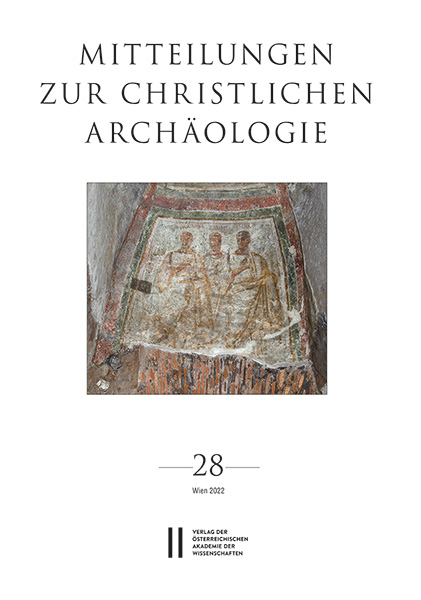
Mitteilungen zur Christlichen Archäologie 28, pp. 27-44, 2022/11/10
It is a well-known fact that the area of Rabat occupying what was once the extra-mural zone of ancient Melite is strewn with burials spanning a long period of use from the Punic, all the way to the Late Roman and Byzantine periods. It is thus no surprise that more and more complexes keep being discovered periodically. This paper will discuss the discovery of a group of burials and features within one of the most prominent complexes, the St Paul’s Grotto Complex, now known as the Wignacourt. This work will take us through how the site was discovered, investigated and finally discussed and interpreted using the limited documentation available.
Keywords: Late Roman and Byzantine hypogea, ancient Melite, St Paul’s Grotto complex, Punic-roman tombs